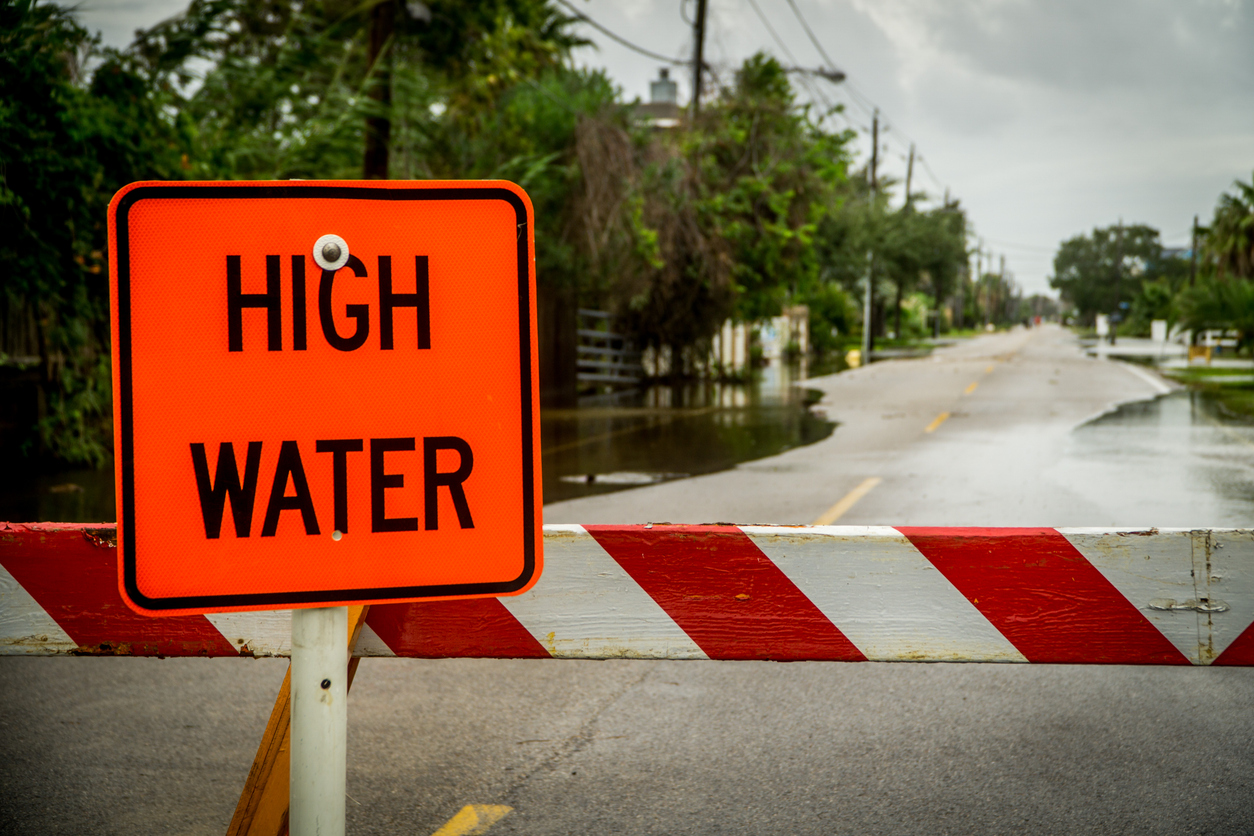(Note: This Guest Blog is by Michelle Claverol, an attorney with Merlin Law Group in the Coral Gables, Florida, office. This is the third part in a series she is writing on business interruption claims).
In simple terms, business interruption insurance is intended to return to the insured’s business the amount of profit it would have earned, had there been no interruption of the business or suspension of its operations as a result of a covered loss. However, as with all property insurance claims, causation is a crucial element of the claim and all coverage issues should be addressed at the outset.
In National Union Fire Insurance Company v. Texpak Group, N.V., 906 So.2d 300 (Fla. 3rd DCA 2005), the policyholder, a paper mill company, sued its property insurance carrier to recover more than eight million dollars in business interruption coverage. The loss occurred when a felt belt snapped in one of the machines, which destroyed the entire paper operation. The carrier alleged that the felt belt snapped as a result of the manufacturer’s faulty design. The policyholder prevailed in lower court, arguing that the “all-risk” policy had an “ensuing loss” exception that allowed recovery despite the faulty design exclusion. The carrier appealed.
The policy at issue in National Union read as follows:
Business Interruption
(1) Loss resulting from necessary interruption of business … caused by loss … covered herein … to real and personal property ….
PERILS EXCLUDED
This policy does not insure:
* * *
D. against the cost of making good defective design or specifications…. however, this exclusion shall not apply to loss or damage resulting from such defective design or specifications….
The Third District Court of Appeals, following the Florida Supreme Court’s ruling in Swire Pac. Holdings, Inc., v. Zurich Ins. Co., 845 So.2d 161 (Fla. 2003), held that ensuing loss exception is not applicable if the ensuing loss is directly related to the original excluded risk. The Court further stated that holding otherwise would be to allow the ensuing loss provision to completely eviscerate and consume the design defect exclusion. It is important to note that it was proven at trial that the broken machine was poorly designed and that the felt-belt did not break accidentally.
If we are to learn something from this paper mill’s coverage nightmare, it is that in business interruption claims causation is crucial and that recovery will not possible if the business interruption damages do not directly flow from an underlying covered peril.


